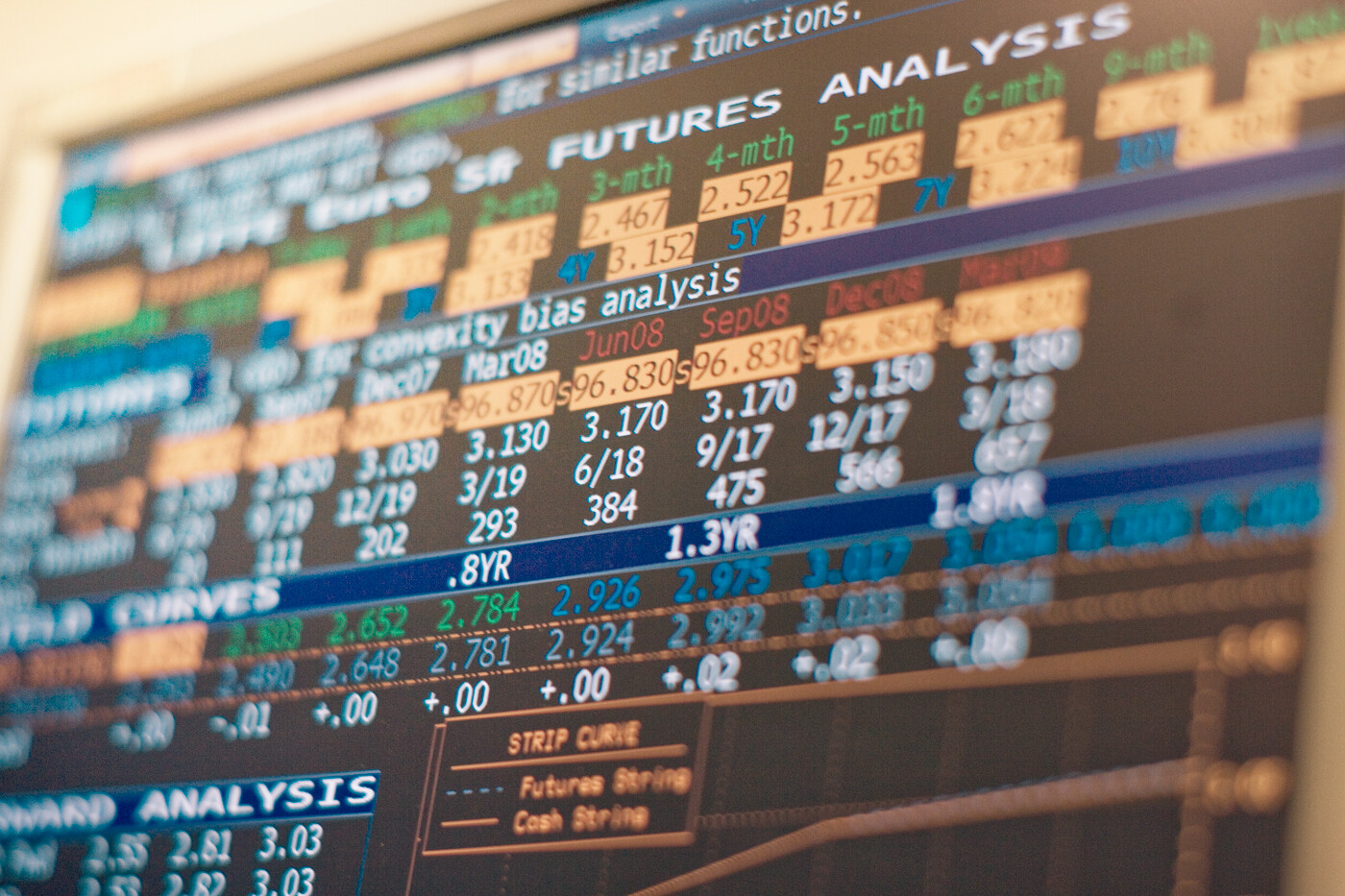Integrating ESG into actively managed portfolios presents many challenges. An obvious one is how to navigate the chaotic landscape of company-reported ESG data, as described earlier in this publication. Another obvious challenge is the materiality focus, whereby you as a portfolio manager constantly have to separate noise from the data that matters for a company’s long-term financial performance.
Focus on value creation
If you are a quant manager, you can add an extra dimension to your ESG integration efforts: your ESG assessment needs to end up as some kind of quantitative score that can go into your model. You can perform all kinds of qualitative assessments along the way, but in the end you need to find the score that should be included in your model. So when your overarching goal is to optimise your portfolio to maximise expected return, how do you incorporate ESG into the model when the data a) lacks history, b) arguably has some quality issues, and c) is under constant development and change?
You start and try to work your way forward while at the same time focusing on your fundamental task: to create attractive return for your clients – at least, that is Ville Kivipelto’s view. Ville Kivipelto is a quant portfolio manager and part of Danske Bank Asset Management’s investment team in Helsinki.
I am generally a bit sceptical when it comes to ESG scores. Many companies that in my opinion should have low scores are scoring well – and the same is true the other way round. The scores seem to say more about the company’s ESG reporting than anything about the underlying quality. I appreciate that the models calculating the scores can be more, or less, sophisticated – and in a way you get what you ask for. This is why it is absolutely necessary to have internal research capabilities that truly understand the different vendors and their methodologies.”Ville Kivipelto, Quant Portfolio Manager
The quality problem represents a bigger issue, according to Ville Kivipelto.
“Generally speaking, I do not yet view it as an alpha source and hence I am sceptical about whether you will find attractive risk premia in ESG data. The other data that goes into my model, e.g. high dividend yield, strong balance sheet, high quality, and attractive growth are characteristics that historically are linked to strong operative performance and attractive stock performance. Whereas I can find academic research reinforcing the link between many of these factors and outperformance on the stock market, I do not find that in the same significant and consistent way when it comes to ESG data – or to put it differently: seen from my perspective and given my quant context, there are no reliable studies showing how to use ESG to create outperformance.”
All about facts
Ville Kivipelto is not easily drawn to compelling story telling or nicely wrapped messages. Instead, he seeks facts and more specifically facts that can help him in his responsibility as a portfolio manager. “I have a fantastic job with a great deal of responsibility. Whatever I do professionally needs to be fully anchored in my pursuit for attractive and competitive risk-adjusted return in the long run. I cannot afford to play around with clients’ money just because there is suddenly a lot of data available and a bunch of people talking about ESG.”

mSCORE® as a quality parameter
So how did you find your way into sustainable investments?
“It all started when I got introduced to our proprietary materiality tool mDASH®. The fact that mDASH® focuses on the material ESG aspects of any given company means that the most irrelevant aspects of sustainability have been removed. I see mDASH® as a distilled version of all available ESG data out there. Through mDASH®, someone has done the job that I could not do, but which still needed to be done.” Ville explains that he uses the mSCOREs® coming out of mDASH® as a quality parameter in his model. “I use the mSCORE® as a quality component. Essentially, if I have two companies that look the same from a quality perspective, the one with the better mSCORE® gets a better final quality score and attracts a higher weight in the portfolio.”
The obvious question is of course if he has been able to come forward with any kind of portfolio improvement, e.g. from a risk perspective?
“Well, my overall ESG score has gone up and I am quite sure I have removed some tail risk [the most severe risk] related to low scoring companies. But it is still early days. I think I have found a way to get started and I know for sure that my average ESG score has improved, but whether that will play out in terms of performance is too early to tell.”
Next steps
Finally, what is the next step for you in terms of optimising the model, and how can sustainability play a role here? “I am planning to start adding country ESG scores to my model. Country allocation is an important part of my strategy, so that could be beneficial. But as always, I will approach this area with the same diligence and care as ESG data in general. I will continue to cautiously take small steps that over time will hopefully make a significant difference for my portfolio.”
Read more stories
You can learn more about how our investment teams work with sustainability matters in our latest annual report Our Sustainable Investment Journey.

